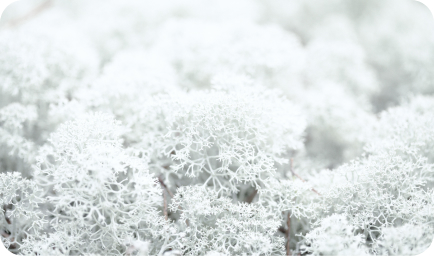WHITENING TREATMENTS
Discover the BlanX® range of O3Xygen Power whitening treatments based on 100% natural, active molecular oxygen, for a fresh smile and healthy white teeth.
The BlanX® formula helps to deep-clean stains caused by food, drink and smoking, giving your smile authentic whiteness. Scientifically tested formula for visible whitening in just 5 days*.
*Clinical test.
Find out more







